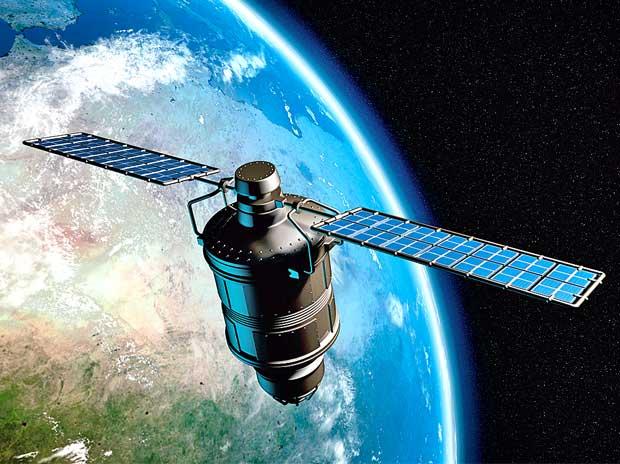
XICHANG, April 12 (Xinhua) -- A Chinese satellite will not only help those at the scene of natural disasters report on emergencies but enable passengers on high-speed trains to watch high-definition videos.
Shijian-13, China's first high-throughput communications satellite, was launched from Xichang Satellite Launch Center in southwest China's Sichuan Province at 7:04 p.m. Wednesday.
The satellite, with a transfer capacity of 20 Gbps and a designed orbital life of 15 years, was carried into orbit by a Long March-3B carrier rocket, the 246th mission for Long March carrier rockets.
Shijian-13 has a higher message capacity than all of China's previous communications satellites combined and will provide better Internet access in less-developed regions, as well as on planes and high-speed trains.
"The launch is a milestone for China's communications satellite technology," said Tian Yulong, chief engineer of the State Administration of Science, Technology and Industry for National Defence.
Shijian-13 is the first Chinese satellite to be powered by electricity, potentially improving efficiency by as much as 10 times compared with those using chemicals as propellant, extending the satellite's life and reducing launch weight, said Zhou Zhicheng, commander-in-chief of Shijian-13.
A large number of domestic components have been used. It also has the first laser communications system installed on a Chinese high orbit satellite with a long lifespan.
The satellite and the rocket were designed by academies affiliated with the China Aerospace Science and Technology Corp., and the China Academy of Launch Vehicle Technology respectively.
China plans to launch six communications satellites this year. Shijian-18 will be put into orbit in June to test the DFH-5 satellite platform.
On April, 24, 1970, the launch of China's first satellite Dongfanghong-1 marked the beginning of the country's space endeavors, which currently feature 16 communication satellites.
By 2025, China will have 22 communication satellites, with five built on brand new designs, according to a medium-long term development plan for civilian space infrastructure released in 2015.




 A single purchase
A single purchase









